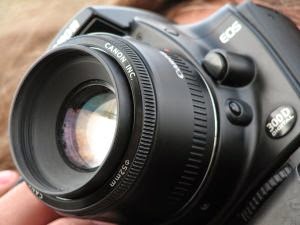Movements and camera angles are combined in order to create a sequence of images, similar to words, word order and punctuation combined so as to provide a meaning. Camera angle is the relationship between the camera and the object being photographed.
5 Camera Angles
- Bird’s-Eye View – This will show a scene from directly overhead. This shot will put the audience in a godlike position which is looking down on the action. Did you know that Hitchcock and his admirers are fond of this style of shot?
- High Angle – The camera is elevated above the action by using a crane in order to give a general overview. This is not so extreme as opposed to the bird’s-eye view. This angle will make the object photographed seem smaller. The objects actually are being swallowed up by their setting.
- Eye Level – This is considered a fairly neutral shot where the camera is positioned as if the human is actually observing a scene. The camera is usually placed at about 5-6 feet above the ground.
- Low Angle – This is the best shot for short subjects as this increase height. Also, it gives a sense of speeded motion. Its background just tends to be the ceiling or sky.
- Canted or Oblique Angle – The camera will be tilted in order to suggest imbalance, instability and transition. This is oftentimes used to suggest a point-of-view.
Trivia Info Resource: cherishyouportraits.com


No comments:
Post a Comment